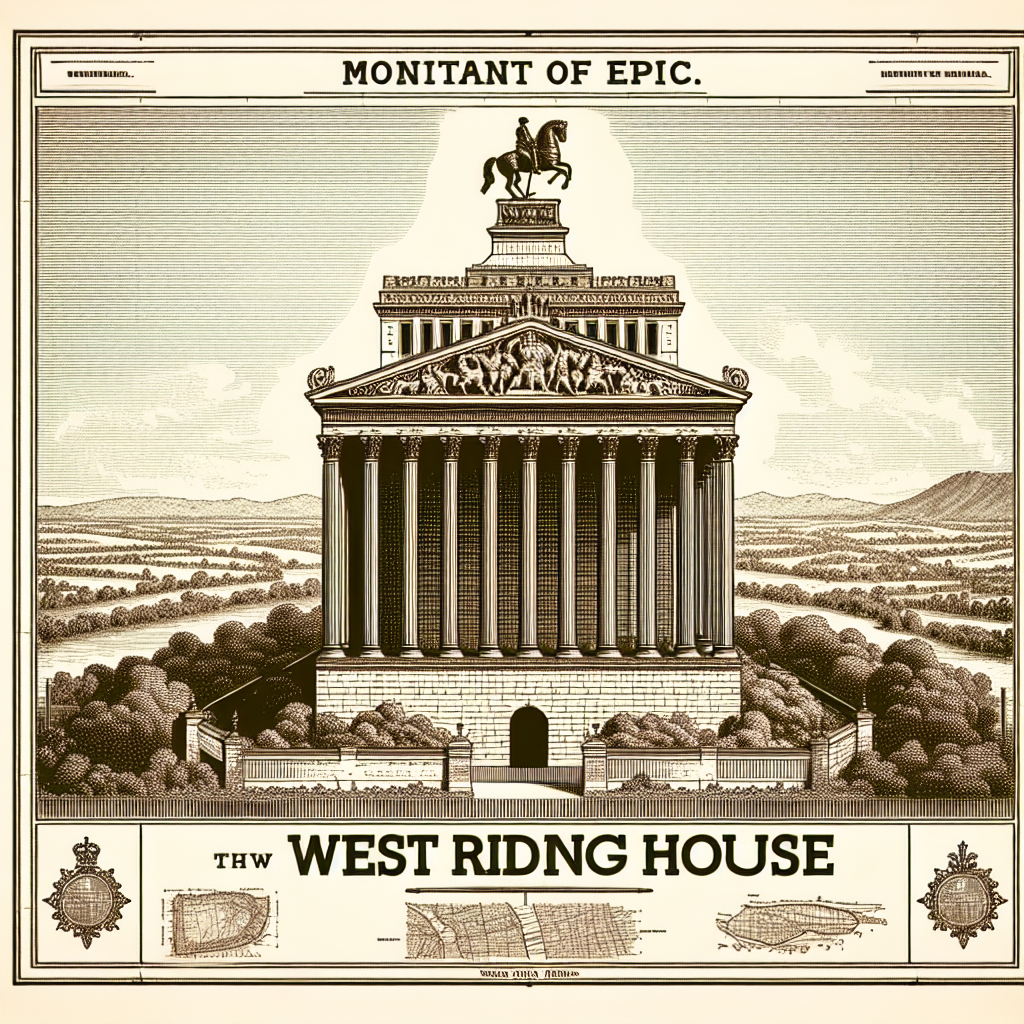The Tale of West Riding House: A Skyscraper with a View
Imagine a building that stands tall, not just in height but in history and significance. West Riding House, a prominent skyscraper located in the heart of Leeds, England, is just that. Constructed in the 1970s, this 80-meter tall structure has been a defining feature of the Leeds skyline for decades. It was built during a time when the city was undergoing significant urban development, aiming to modernize and expand its commercial and residential spaces. The building's purpose was to provide office space and retail opportunities, contributing to the economic growth of the area.
West Riding House is not just a building; it's a symbol of the era's architectural ambition. Its design reflects the brutalist style that was popular at the time, characterized by its stark, geometric lines and utilitarian aesthetic. This style often sparks debate, with some appreciating its boldness and others criticizing it for its perceived coldness. Despite differing opinions, the building has remained a fixture in Leeds, adapting to the changing needs of the city over the years.
The building's location in Leeds is strategic. Situated in the city center, it offers easy access to transportation, shopping, and dining, making it a prime spot for businesses and residents alike. Over the years, West Riding House has seen various tenants, from corporate offices to retail stores, each contributing to the vibrant life of the city. Its presence has helped shape the economic landscape of Leeds, providing jobs and opportunities for the local community.
However, like many structures of its age, West Riding House has faced challenges. The building's design, while iconic, has required updates to meet modern standards of safety and energy efficiency. Renovations have been necessary to ensure that it remains a viable and attractive option for tenants. These updates have sparked discussions about the balance between preserving historical architecture and embracing modern advancements. It's a conversation that resonates with many cities around the world as they navigate the complexities of urban development.
The debate over West Riding House also touches on broader themes of urban identity and progress. For some, the building represents a cherished piece of Leeds' history, a reminder of the city's growth and transformation. For others, it symbolizes a bygone era that should make way for new, innovative designs. This tension between preservation and progress is a common thread in urban planning, reflecting the diverse perspectives of those who live and work in the city.
Despite these challenges, West Riding House continues to stand as a testament to Leeds' resilience and adaptability. It serves as a reminder of the city's journey through time, from its industrial roots to its current status as a bustling metropolis. The building's story is one of change and continuity, illustrating the dynamic nature of urban life.
As we look to the future, the fate of West Riding House remains a topic of interest and debate. Will it continue to evolve with the city, or will it eventually be replaced by something new? Whatever the outcome, its legacy will endure, reminding us of the importance of balancing history with progress. In a world where change is constant, West Riding House stands as a symbol of the enduring spirit of Leeds, a city that embraces both its past and its future.

